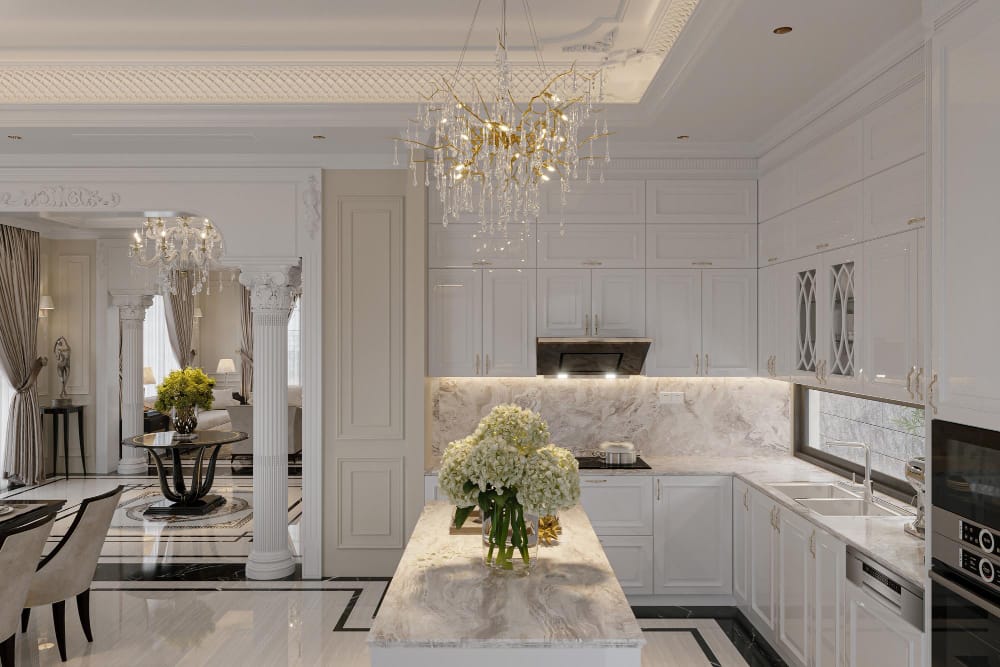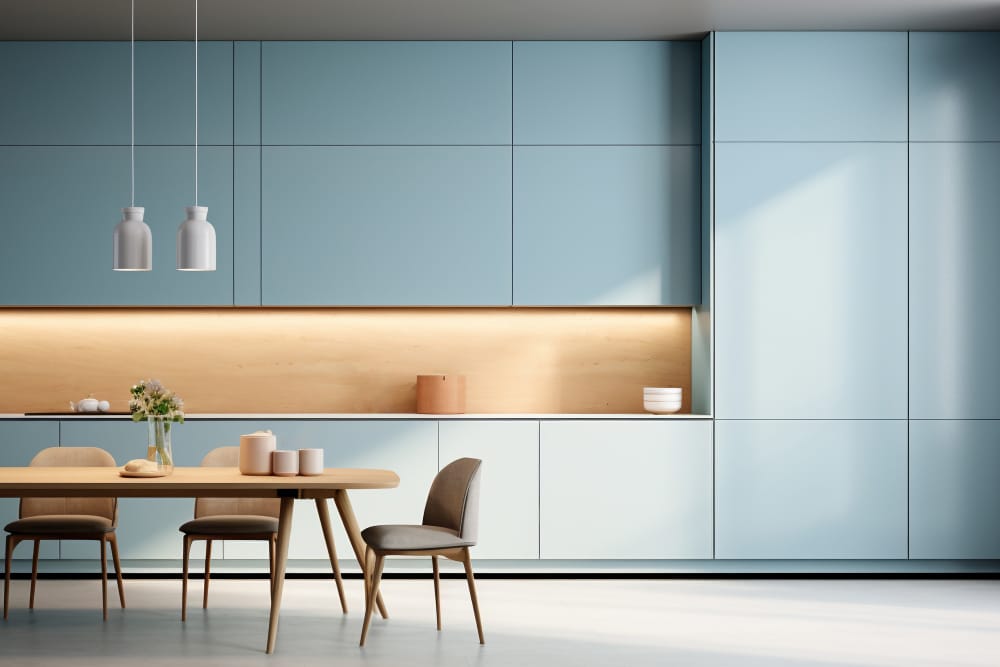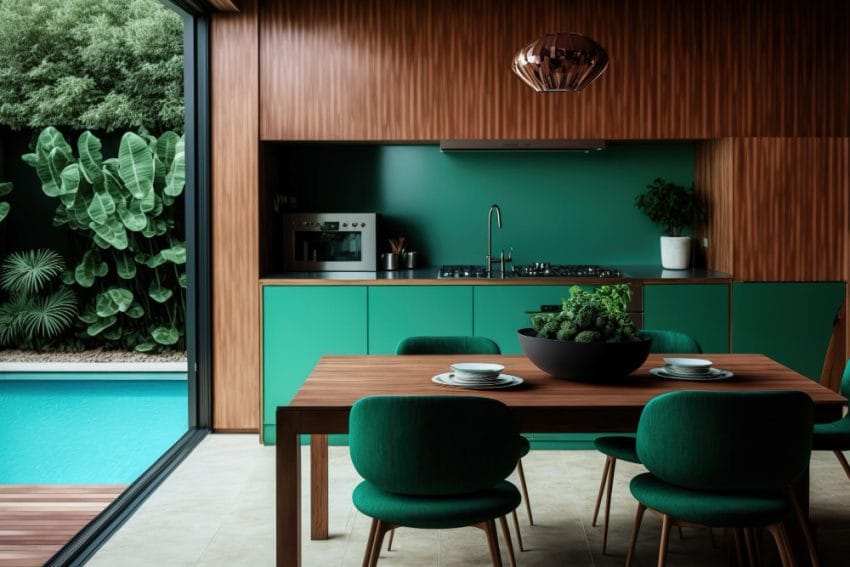If your kitchen cabinets are structurally sound but visually outdated, you may not need a full replacement to achieve a modern, refreshed look. Instead, many homeowners are choosing to reface kitchen cabinets, a process that delivers stunning results at a fraction of the cost and time of a full remodel.
This guide offers a clear, professional overview of the cabinet refacing process — step by step — so you can make informed decisions and achieve lasting results.
✅ What Does It Mean to Reface Kitchen Cabinets?
To reface kitchen cabinets means replacing the cabinet doors and drawer fronts, while applying a new veneer or laminate to the existing cabinet boxes. This approach preserves the current cabinet structure while dramatically changing the appearance and feel of the kitchen.
Benefits of cabinet refacing include:
Lower cost than full cabinet replacement
Shorter project timelines
Less mess and disruption to your home
Eco-friendliness by reusing existing materials
Now let’s break down the process.
Step 1: Evaluate the Condition of Existing Cabinets
Before committing to refacing, ensure your current cabinet boxes are:
Structurally sound
Free of mold, water damage, or major warping
Securely mounted to the wall
If the framework is damaged, refacing may not be the appropriate solution.


Step 2: Select New Door and Drawer Front Styles
Refacing allows you to customize the aesthetic of your kitchen without the expense of a full redesign. You’ll choose:
Door style (e.g., Shaker, raised panel, flat panel)
Material (solid wood, MDF, laminate, or veneer)
Finish (painted, stained, or natural wood grain)
Hardware (pulls, knobs, and hinges)
This is where your kitchen’s transformation begins. The new doors will define your space’s updated style.
Step 3: Measure Precisely and Order Components
Accurate measurement is essential. All new doors, drawer fronts, and veneer materials must match the existing cabinet sizes and layout.
Most contractors or cabinetry specialists will take these measurements for you, ensuring a precise fit.
Step 4: Remove Old Doors, Drawers, and Hardware
Once your components have arrived:
Remove existing cabinet doors and drawer fronts
Detach old hardware
Clean all cabinet box surfaces thoroughly to ensure proper adhesion later in the process
Labeling doors or drawers before removal can help during reassembly.
Step 5: Prepare and Apply the New Veneer or Laminate
The exterior of the cabinet boxes will now be covered with a new finish that matches the new doors and drawer fronts. This typically involves:
Light sanding or degreasing
Applying adhesive-backed veneer or laminate sheeting
Trimming excess material for a clean edge
Smoothing with a roller to eliminate bubbles
Professional installers ensure precise alignment for a seamless look.
Step 6: Install the New Doors, Drawers, and Hardware
With the cabinet boxes now refaced, it’s time to:
Hang the new doors using concealed or soft-close hinges
Reattach or replace drawer fronts
Install updated handles or pulls
This is the step where everything begins to come together — functionally and visually.
Step 7: Perform a Final Quality Check
Review the finished installation by checking:
Door and drawer alignment
Proper opening and closing of hardware
Consistency in veneer application
Seamless corners and clean edges
Touch up any imperfections as needed for a professional result.
🛠️ Timeline and Cost Considerations
Timeline: Most cabinet refacing projects take 3–5 days
Cost Range: Typically between $4,000–$10,000, depending on kitchen size, materials, and hardware upgrades
This cost is significantly lower than a full cabinet replacement, which can run $15,000–$30,000 or more.
🧠 When Is Refacing the Right Choice?
Refacing is ideal when:
Cabinet boxes are in good condition
You like the current kitchen layout
You want a faster, lower-cost update
You’re upgrading other features like countertops or backsplashes
If you’re changing the kitchen’s footprint or dealing with severe damage, consider a full replacement instead.
📘 Final Thoughts
To reface kitchen cabinets is to balance smart design with efficiency — upgrading the appearance of your kitchen without the expense and disruption of a full remodel. When done professionally, refacing can extend the life of your cabinetry, enhance your home’s value, and provide years of everyday enjoyment.
For homeowners seeking a high-impact upgrade that’s both time- and budget-conscious, cabinet refacing remains one of the most effective solutions available.

